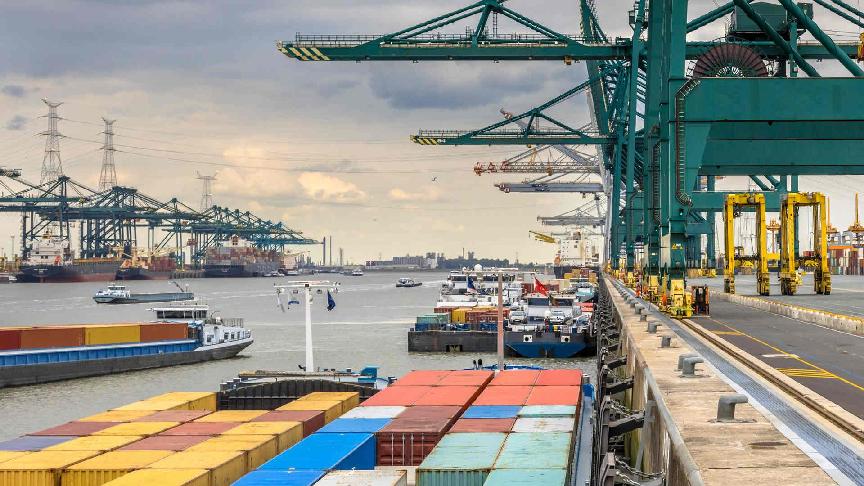20 May 2024 (Lloyd's List) - PORTS have hit back at a recently published Transport and Environment report that detailed emissions at the UK’s biggest ports.
Lobby group T&E’s report listed Milford Haven, Southampton, and Immingham as the worst polluted ports in the UK when it comes to sulphur oxides (SOx), nitrogen oxides (NOx) and particulate matter (PM2.5).
It claimed that Milford Haven saw 74 tonnes of SOx emitted in 2022, which T&E said is equivalent to all the cars in its home county of Pembrokeshire.
T&E said it gathered Automatic Identification System data and ship specification data from IHS Markit and Clarksons’ World Fleet Register to estimate greenhouse gas emissions. This included all commercial and passenger vessels larger than 400 gt within 1.5 nm of a port, and travelling at less than three knots (the speed at which a vessel is considered moored by the International Maritime Organization’s Fourth Greenhouse Gas study).
T&E has recommended the UK government consult on mandating zero emissions berths, publish a shore power plan, implement a UK version of the Norwegian NOx fund (where businesses are taxed per kg of NOx emitted), prohibit scrubber discharge in UK waters and designate all UK waters as an emissions control area.
The report has not been well received by the shipping industry, which has questioned its methodology and any value it adds to the debate on emissions in ports.
Associated British Ports, which operates the ports of Southampton and Immingham, said it was working “incredibly hard” to reduce emissions and was “determined to do more”.
“ABP does not recognise the numbers produced by T&E UK in their theoretical modelling and has concerns about the methodology they have employed and the conclusions they have drawn,” a spokesperson told Lloyd’s List.
“T&E UK did not choose to engage with ABP ahead of the report launch. We are also disappointed that T&E UK ignores the vital role ports play in a much bigger sustainability change, such as enabling offshore green energy development.”
The British Ports Association said the report lacked “any serious academic rigour” and called its methodology “flawed”.
“The bizarre comparison of shipping emissions to emissions from cars is comparing apples with oranges and adds nothing to ongoing policy debates,” BPA said.
“It also ignores the critical point that emissions from road transport tend to be much closer to human populations.”
Geraint Evans, chief executive of the UK Major Ports Group, called the recommendations made by the report “broad brush asks that lack serious objectivity and fail to recognise the ongoing efforts by ports in the UK do nothing to advance considered debate around port sustainability”.
In particular, the lack of consideration for shore power usage by the report came in for criticism.
ABP said the port of Southampton, which ranked in the top three for SOx, NOx and PM2.5 emissions, was a UK-leader when it came to shore power, with 25% of vessels set to ‘plug in’ in 2024.
UK sustainable shipping manager at T&E, Jon Hood, said there was no data available to measure shore power usage. He cited an OpenDemocracy report, which claimed just one in 10 cruise ships plugged into shore power since becoming available in 2022.
He said the report did not seek to target port or ship operators, but rather focuses on “the failure of government policy to address air pollution emissions from ships: pollution which government evidence shows brings health costs of £1.5bn per year in the UK”.
“We make a series of pragmatic, evidence-based recommendations for policymakers reflecting actions already implemented in the European Union and Norway. These include a plan for shore power, echoing industry’s calls.”







